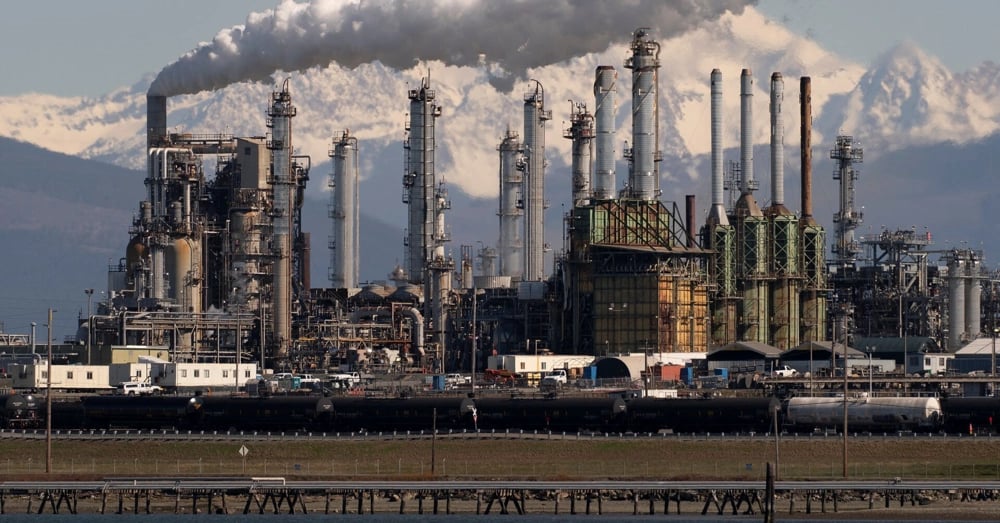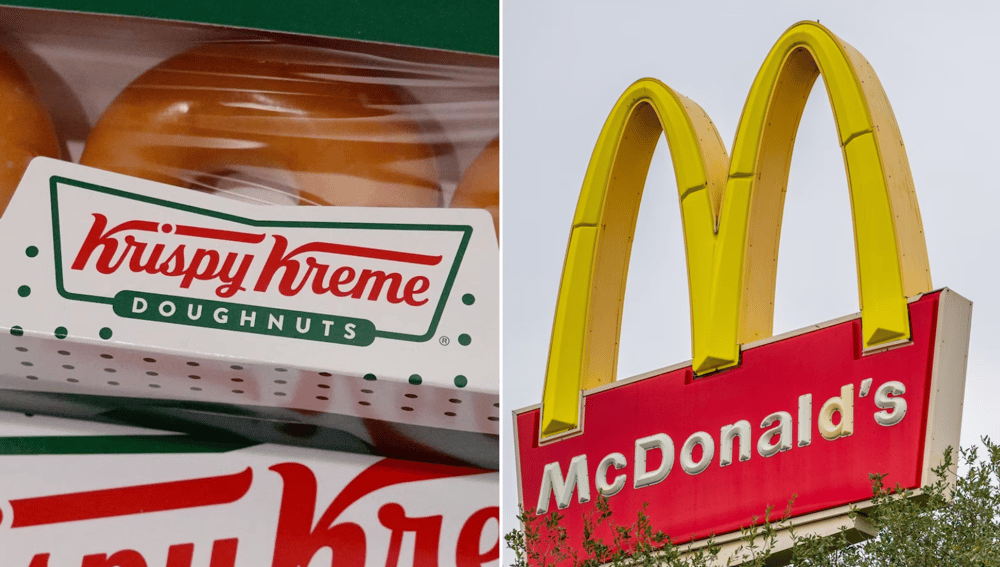Nestlé Raises Prices on Chocolate Products in the US: Market Implications
Nestlé SA $NSRGY, the largest food manufacturer globally, has announced a price increase on several chocolate products within its American division. Effective June 23, the prices will rise for Toll House morsels, baking cocoa, and creamy fudge. This decision has been driven by rising raw material costs, clearly indicating that sweet treats will remain expensive for consumers in the near future.
Reasons for Price Increases
One of the main factors prompting Nestlé to raise prices is the persistent increase in raw material costs. In recent years, significant hikes in the prices of key ingredients such as cocoa and milk have adversely affected producers' expenses. This situation arises from several factors:
Weather Conditions: Climatic events in cocoa-growing regions have led to reduced yields.
Logistical Challenges: The COVID-19 pandemic and its aftermath have exacerbated supply chain disruptions, affecting packaging and drying agents.
Increased Demand: The revival of the economy has driven up demand for chocolate products, further influencing price fluctuations.

Impact on Consumers
With rising prices, consumers may face higher expenses when purchasing their favorite sweet products. This increase can affect both buying decisions and overall preferences in product categories. Given Nestlé’s significant presence in the US confectionery market, these price hikes serve as an important signal that inflation is ongoing in the food sector.
Expected Consequences for Nestlé on the Stock Market
The introduction of new price levels for chocolate products may have a notable impact on Nestlé’s stock. Investors are closely monitoring corporate decisions that can influence brand profitability. It is important to highlight that expectations regarding revenue from price increases can be both positive and negative, depending on consumer reactions.
Positive Aspects:
Higher average item prices may lead to increased revenue even with unchanged sales volume;
Potential improvements in profit margins amidst rising raw material costs.
Negative Aspects:
A decrease in consumer demand could lead to lower sales volumes;
Erosion of brand loyalty in an environment of escalating prices.
As a result, Nestlé’s stock performance may remain under pressure in the near future due to the uncertainties linked to price increases and shifts in consumer preferences. Investors should consider the impact of external factors on the company's internal decisions and remain prepared for possible changes.

General Recommendations
To gain an in-depth understanding of the impact of price changes on the stock market, it is essential to analyze not only the company's actions but also general trends in the economy. Keeping an eye on news pertaining to the raw materials market, consumer confidence ratings, and economic conditions overall is crucial.
Nestlé's price increase on chocolate products clearly demonstrates that manufacturers must adapt to shifting market dynamics. As rising costs may cause consumers to be more selective in their purchases, this could affect both the company's revenue and its stock performance. Investors need to stay vigilant regarding market changes and track consumer responses to the new pricing conditions.















Comments